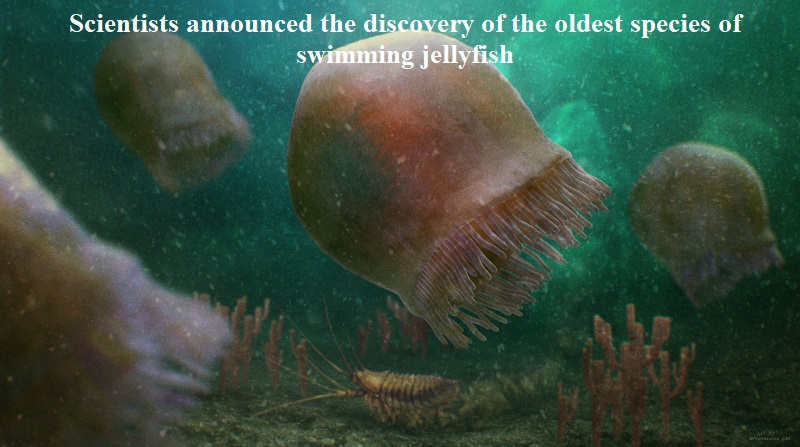
Scientists have made an extraordinary finding of the oldest species of swimming jellyfish in fossils from Burgess Shale in Canada, renowned for its well-preserved specimens. Named Burgessomedusa phasmiformis, the newly discovered species had a bell-shaped body reaching up to 20cm in height and approximately 90 short tentacles to capture sizable prey.
These ancient jellyfish existed about 500 million years ago, making them much older than the first human ancestors who appeared between five and seven million years ago in Africa.
Jellyfish, which belong to the medusozoans subgroup of the cnidaria phylum, are composed of 95 percent water. Due to their dominant water content and subsequent decay after death, jellyfish rarely fossilize. As a result, their evolutionary history has been primarily studied through microscopic fossilized larval stages and molecular studies from living jellyfish.
The fossils of jellyfish discovered in the late 1980s and early 1990s are considered remarkable, as it took many years for paleontologists to formally describe them. The findings were finally published in Proceedings of the Royal Society B on August 1.
Dr. Jean-Bernard Caron, a curator of invertebrate paleontology at the Royal Ontario Museum, expressed astonishment at finding such delicate animals preserved in rock layers on mountain tops. This discovery adds another remarkable lineage of animals to the Burgess Shale, providing valuable insights into the evolution of life on Earth.
The discovery of Burgessomedusa phasmiformis sheds light on a more complex Cambrian food chain than previously believed, confirming that these jellyfish were indeed swimming during that era. A total of 182 fossils of Burgessomedusa were uncovered in a Canadian spot called the Raymond Quarry. The reason for the fossils not being detected for a long time remains unclear, with speculations that these jellyfish may have lived high in the water column, beyond the reach of mud flows that buried the ancient seafloor communities.

Post Your Comments